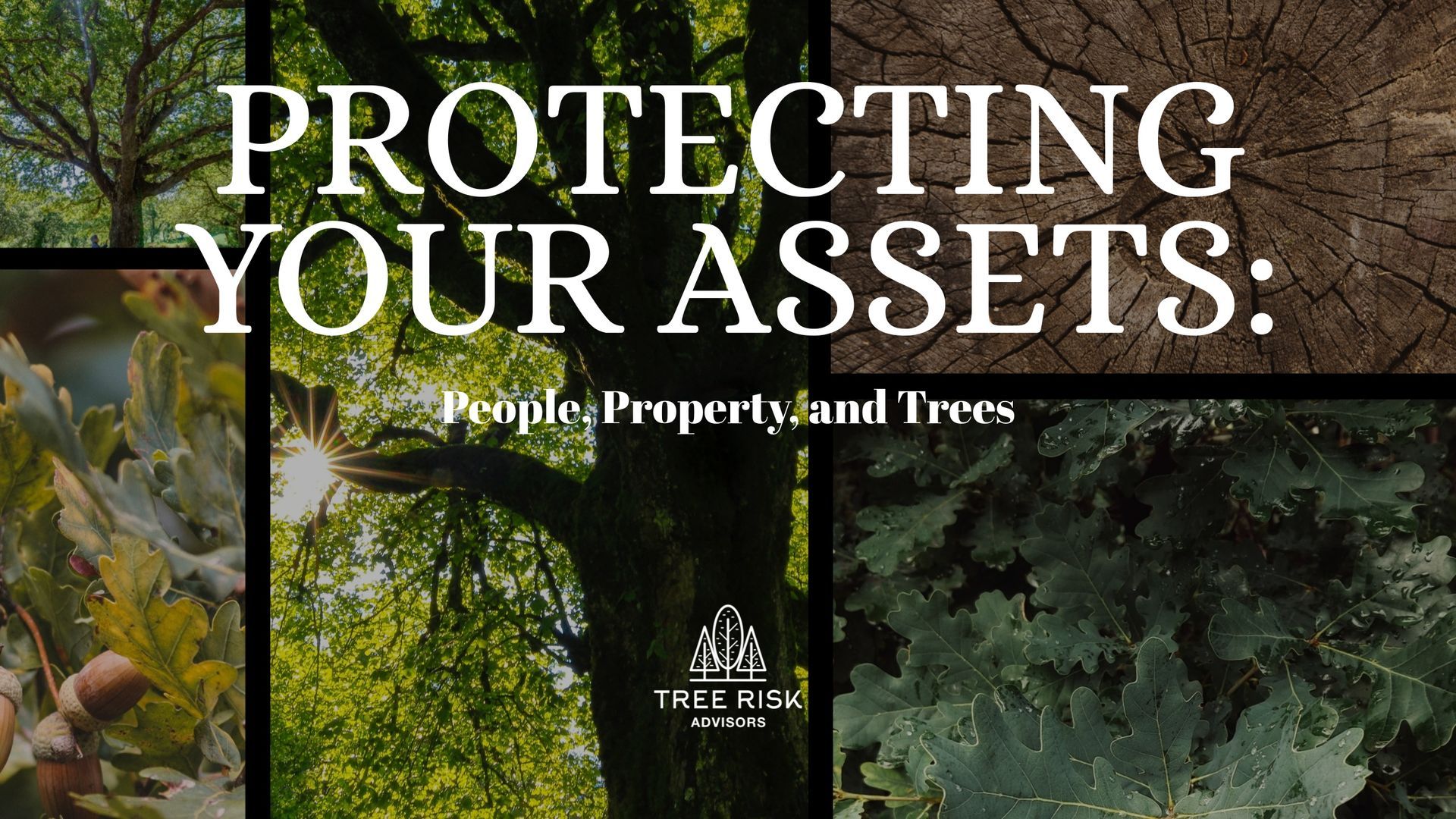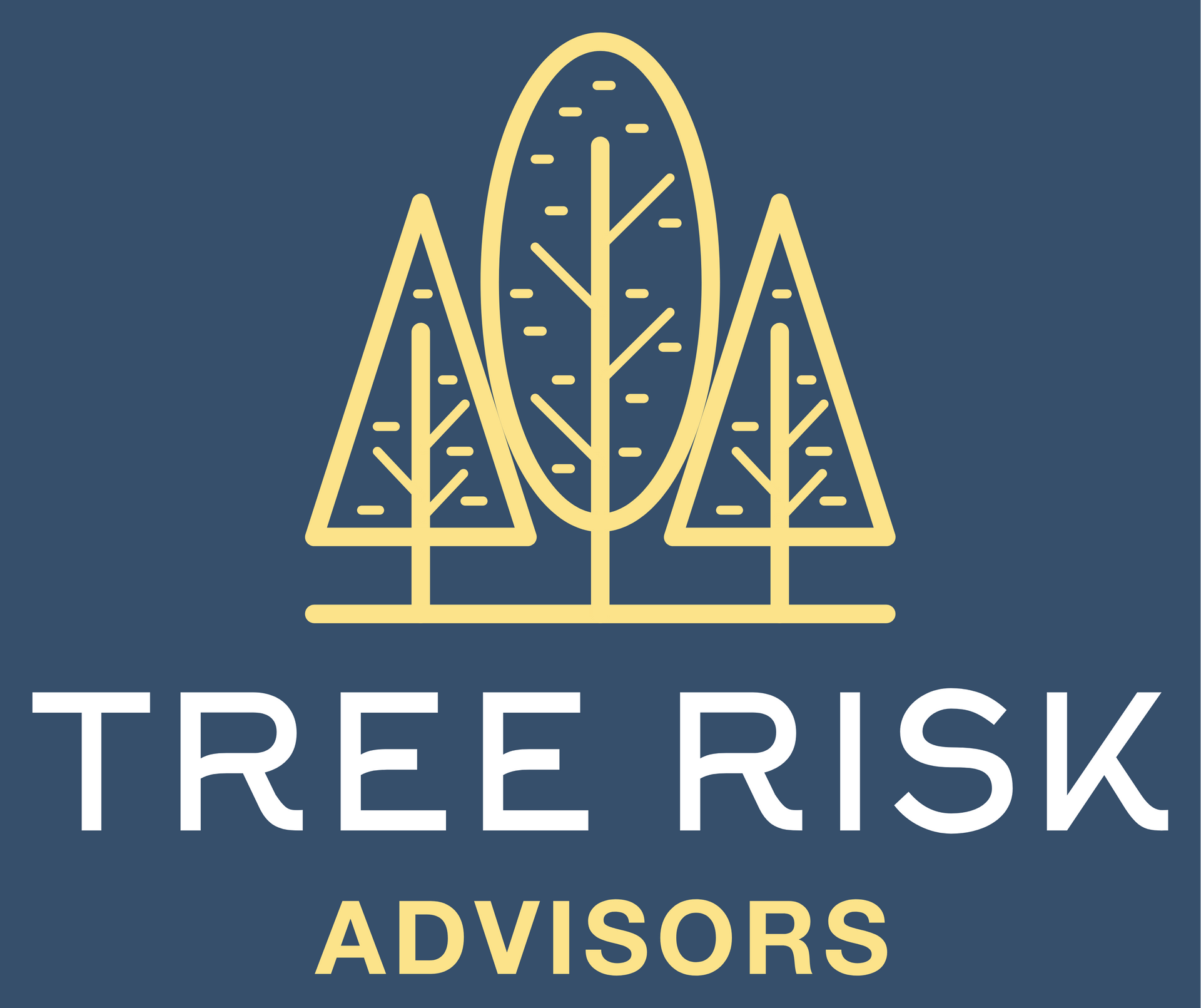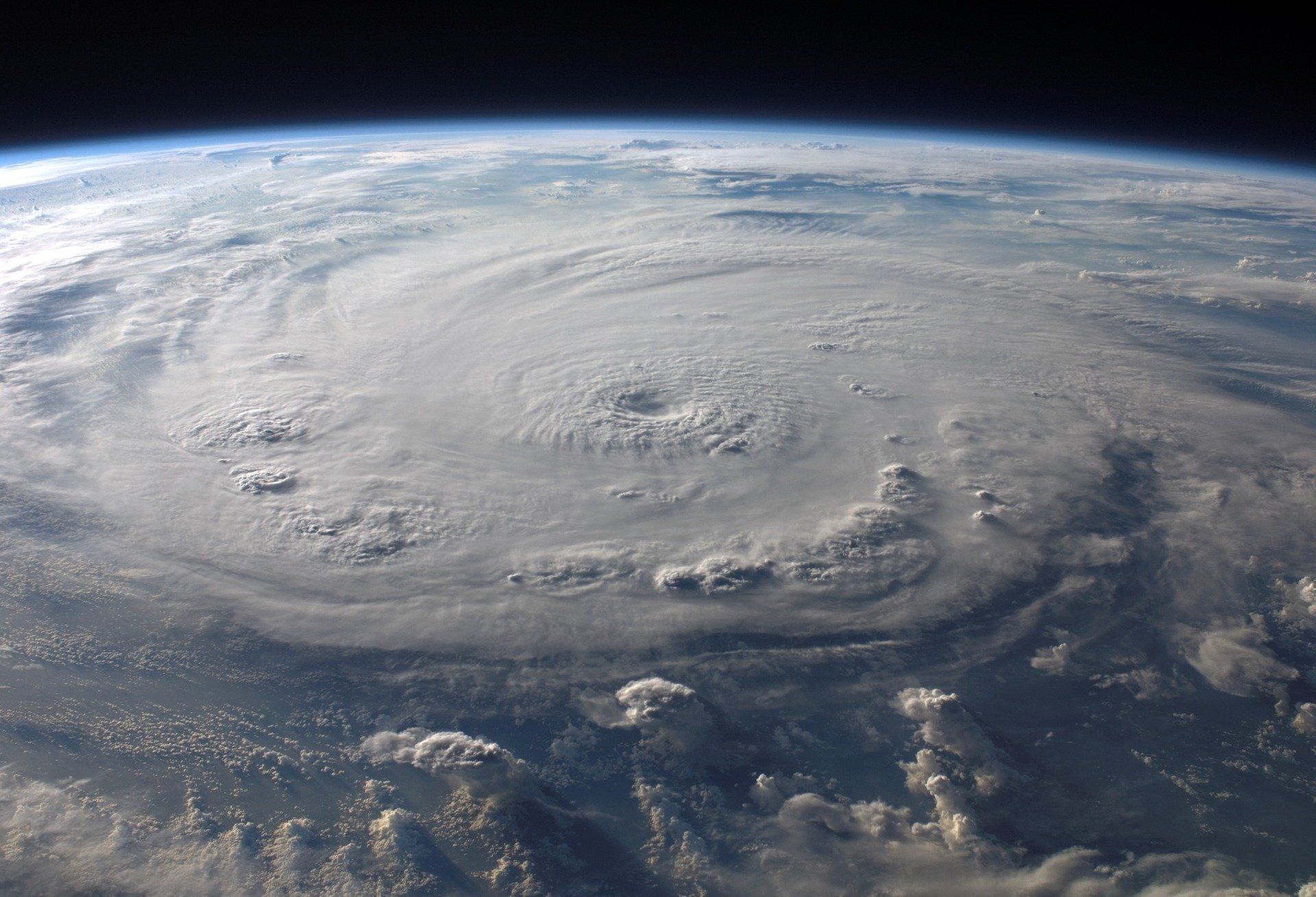Tree Risk Assessments

Why Tree Risk Assessments Are Essential for Commercial Properties:
- Identify potential tree hazards early before they become threats to safety or property
- Take preemptive action to mitigate risks through maintenance, bracing, pruning or removal
- Maintain documentation that demonstrates reasonable care taken to provide safe premises
- Reduce liability exposure from tree failures that cause injury or property damage
- Improve safety for people onsite at parks, resorts, golf courses and other public properties
- Protect infrastructure and valuable assets from damage due to falling trees
- Make informed tree management decisions based on detailed tree health data
- Take a proactive approach to tree risk management as part of prudent policies
- Minimize the chances of claims or lawsuits resulting from unsafe tree conditions
- Represent a small investment compared to the costs of emergency tree services and failure cleanup
How We Identify Hazards Before They Happen:
Keeping trees healthy and safe requires proactively identifying potential hazards before they become problematic. Tree risk assessments examine every tree on your property and evaluate its likelihood of failure using standardized criteria.
Our arborists inspect trees for any signs of:
- Decay, cavities, or hollows in the trunk or branches
- Cracks or splitting that may indicate internal weaknesses
- Poor architecture like weak branch attachments or excessive lean
- Dead or dying limbs or foliage
- Root damage from construction or soil compaction
- We evaluate both the potential impact zone if failure were to occur as well as targets within that zone, such as people, buildings, vehicles, infrastructure, etc. Each tree is assigned a risk rating that guides prioritization of mitigation actions.
In addition to a standard visual inspection, we frequently use tools such as:
- Resistance drilling - Small drill bit extracts wood plugs to check for decay
- Root collar excavation - Uncovers buttress roots to check for girdling or decay
- Tree radar - Ground-penetrating radar detects areas of decay and cavities in trunks and branches
- UAV - Drone photography in order to observe upper canopy defects as required
Our detailed tree risk assessment reports outline specific maintenance measures on a tree-by-tree basis. We also provide a summary risk abatement plan with a timeline for addressing high priority issues. Ongoing monitoring is recommended.
Taking proactive steps to assess tree hazards can prevent property damage, injury, and liability claims. Contact us today to schedule an assessment!
Request an Estimate






